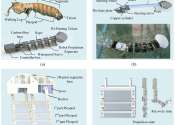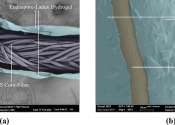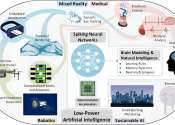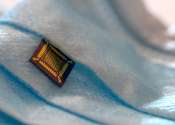A robot inspired by mantis shrimp to explore narrow underwater environments
Nature is the primary source of inspiration for many existing robotic systems, designed to replicate the appearance and behavior of various living organisms. By artificially reproducing biological processes, these robots ...









